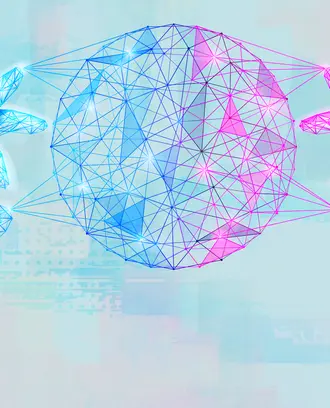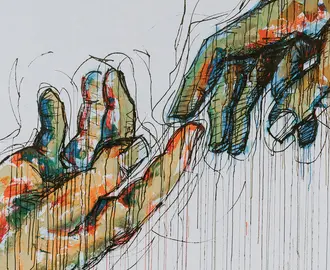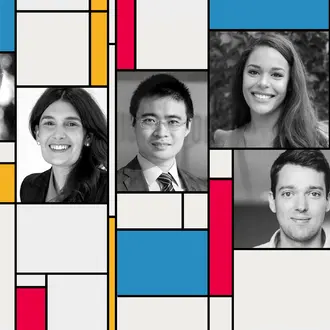On May 29, Starbucks will close more than 8,000 U.S. stores for an afternoon of racial bias training for 175,000 employees. The move, expected to cost $12 million, comes after an April 12 incident when two black men were arrested after asking to use a Philadelphia Starbucks restroom without making a purchase.
While it’s unlikely the company will be able to eradicate the effects of unconscious racial bias among its employees in a single afternoon, MIT Sloan senior lecturer Roberta Pittore said the decision to close the stores for training was the right call.
As recently as Friday afternoon, the company issued another apology after an employee at a California store wrote a racial slur on a customer's cup.
“Something is better than nothing, more is better than less, and sooner is better than later,” Pittore, who studies communication as it influences decision-making in organizations, said. “I think what it does achieve from Starbucks’ point of view is that it changes the discussion from ‘What did our employee do that was offensive,’ to ‘How can we learn and how can we change?’”
Swift, specific, and sincere
The rise of social media has given people the ability to spread news in milliseconds, and a corporate response needs to match that pace, Pittore said. But, any response also needs to be specific and sincere.
In its initial attempt to address the controversy that day, the company fell flat on at least two of those counts. In releasing a general statement acknowledging the situation and promising a policy review, but failing to mention concerns about racial bias, the company’s response was swift, but it wasn’t specific or sincere enough.
That first statement was followed later in the day by a longer one from CEO Kevin Johnson, who took a more targeted tone, describing the outcome as “reprehensible” and reaffirming the company’s opposition to discrimination and racial profiling. Johnson also released a video in which he took personal ownership for the incident.
Pittore said the revised response indicates Starbucks’ realization that the incident carried more gravity than the company’s leadership had initially thought.
“[A generalized statement] doesn’t seem as sincere — and it isn’t. It isn’t addressing the problem. It’s just saying, ‘We’re good guys … we have good intentions,’” Pittore said. “Well, everyone has good intentions, so what are your good intentions about this very real, very specific, very tangible incident?”
Soon after, Johnson traveled to Pennsylvania to meet with the two men and offer a face-to-face apology. Pittore said that move, too, was appropriate, given the climate surrounding the incident. In May, the company also reached a financial settlement with the pair for an undisclosed amount of money and a promise to help them complete their bachelor’s degrees through the company’s employee tuition assistance program.
“The company appropriately should find out from them, ‘How do we make this up to you?’” Pittore said.
When public access is part of your business model
At the core of Starbucks’ brand is the idea that its coffee shops can serve as a “third place” for meet-ups, studying, or work on the go. With the arrests, a single store manager’s decision saw that carefully-crafted persona of a socially progressive and inclusive community hangout begin to unravel.
“They’re not selling you a cup of coffee. They’re saying, ‘We’re the part of the community that you’re in when you’re not at the office and you’re not at home,’” Pittore said. “When you think about that, you have to think about the larger community and about ‘How do we, as a public, want that third place to be. Bottom line, it should feel safe. It should feel welcoming, and that’s really the crux of the problem.”
That problem isn’t unique to Starbucks, either, Pittore noted — it’s a societal problem that came to a head in a very visual way in Philadelphia.
“The specific actions of that one specific employee uncovered a larger issue of racial bias, frankly, in our culture. If you narrow it down, you have an incident that you can’t sweep under the rug,” she said. “The question for Starbucks is ‘What do we do? We didn’t create this problem, but we’re part of this society where this is happening, and if we’re going to be that third place, what is that third place going to look like?’”
Moving forward, Pittore said Starbucks should review its policies, the composition of its board and leadership, its gender, race, and age demographics among its employees, and its wage structures to determine how socially conscious the company really is and decide where, on that spectrum, it wants to be.



